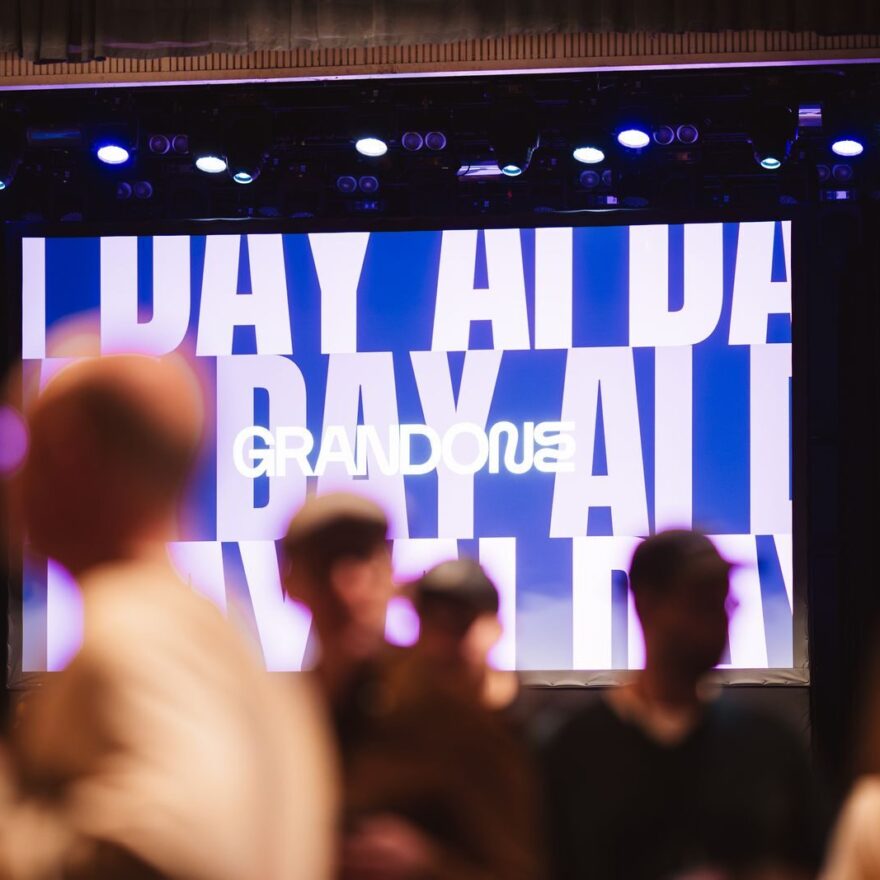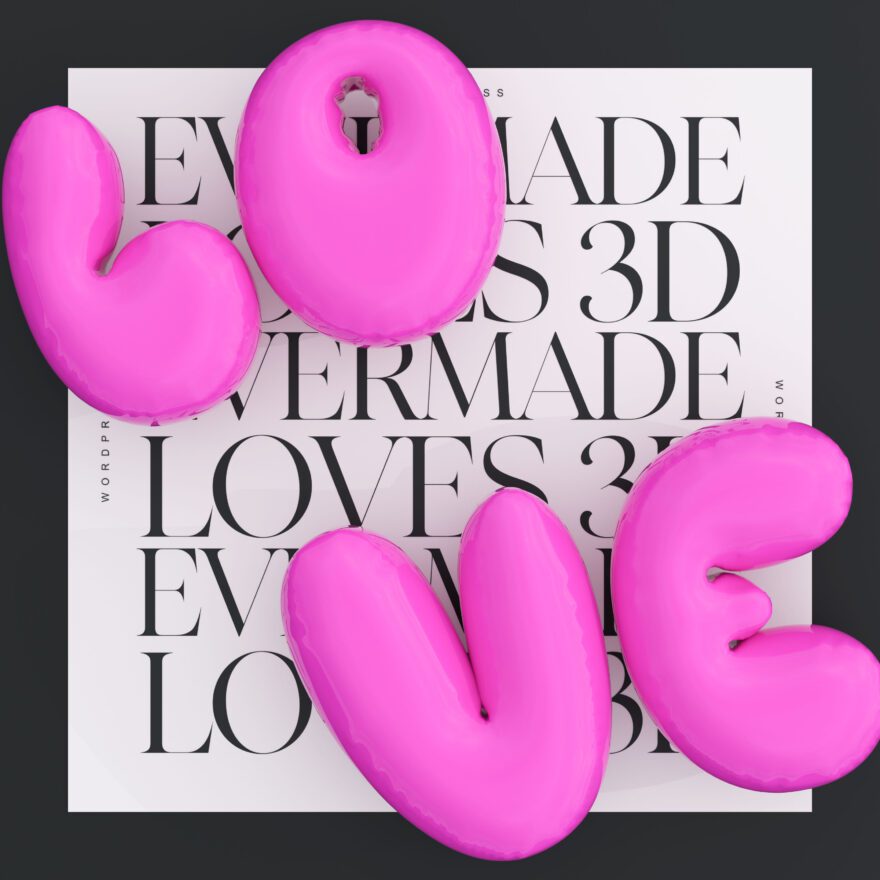How to land your dream job in design
Whether you are a freshly graduated design student or a senior UX expert, we believe there is a ton of opportunities for you. In this blog post, we explain what digital agencies usually look for in designers and give you tips on how to land the design job of your dreams.

Do your research
Research is the most obvious thing when preparing for a design interview, yet it is often forgotten. If you didn’t do any research, do you really want the job enough? Know what the company does, who their clients are and what kind of projects they do. Take a close look at their site and make sure you have some questions in mind to ask your possible employers. Don’t be afraid to talk about your future design goals and ambitions, even if they differ from the job description.
Try to find out who’s interviewing you and do your research about them, so you can prepare better. When you know what types of questions to expect, be they technical, personal or business-oriented, you’ll feel more confident. The interview process may include several rounds depending on the company: for example, you might be interviewed by several designers, a lead designer, and a CEO.
Company culture is a big factor when it comes to fitting in a team, so explore it as much as you can. Wherever you have applied, you should demonstrate that you understand the culture. In an interview, don’t hesitate to ask about the work practices as well – ask the interviewer about things that really matter to you, be it the tools, workflow, insurance or overtime. At least we are happy to answer these kinds of questions and appreciate a genuine attitude. If you plan to apply to Evermade, view this blog post to find out what #evermadelife is like.
Show them what you’re made of
Your application and cover letter should be tailored to the business you are sending it to. Apart from a career- and job-specific message, nothing shows your capabilities better than an updated portfolio. Don’t hesitate to include personal projects, because they all tell something about your skills and interests. Establishing an online presence in the form of a personal website is also helpful. Make sure the site contains your portfolio, resume, biography page and any materials you feel are relevant to your field of expertise.
A portfolio is all about making your work visible and presentable to employers. When it comes to designers, we believe that what your projects look and feel like is much more important than the message in your cover letter. We want to know about your design process and the way you approach problems. Think about your portfolio from the perspective of the specific team you want to work with: does your portfolio reflect the position you’re applying to? Which of your skills could be an asset in client projects and in the business world?
If you’re applying to an agency for a UI or UX designer position, don’t saturate your portfolio with too much artistry. Art projects do not necessarily provide information about your UX skills, client approach or business sense, so include other elements too. If you want to be part of the agency life, show the employer actual client cases or projects you have done as a hobby.
Reflect on the details
We believe it’s better to have a few projects that really shine than introducing things that may cause the interviewer to doubt you. Avoid inflating your interview speech with fillers and only include work you’re proud of. Sometimes, it’s the small details showing your commitment to design that make a big difference. Let’s take Timo as an example. When he applied to Evermade, Mikael noticed a little detail in his portfolio: an animation made with Bodymovin (now called Lottie).
To be specific, it was a bird moving its tail – nothing huge, but fine-tuned to be the perfect animation. The fact that Timo polished that little bird so well was a sign that he was enthusiastic about visuals, talented in animation and serious about getting a designer job at Evermade. Mikael thought the little animation was totally next level and it left a lasting impression. What we can learn from this is that quality is a thousand times more valuable than the quantity of your work, so show your future employer what you are really capable of!

Explain the added value you bring to the team
When you’re backing up statements listed on your resume, try to be specific and give concrete examples. The interviewer wants to know what makes you unique and what kind of new things you could bring to the company. If you have created amazing user experiences, let it show. If you have solved problems with design, describe how you did it. Soft skills like communication skills, ability to work in a team, work ethic and positive attitude all matter as well. They shouldn’t be underestimated, because they can be decisive in favor of one candidate over another.
Requirements for designers and interview processes are very different in each company. As a creative agency, we try our best to avoid requirements like “a minimum of 5 years of work experience”. Those can cut out good candidates, and we all know that people don’t learn in years but through experiences. It’s the challenges that grow you both professionally and as a person, right? What we really want to know is how you fit into our team and what kind of new ideas you could bring into our bunch of designers, developers, and analysts. Don’t be afraid to let your personality show – we want to know the real you!
The more effort you put into applying for the job you are truly passionate and excited about, the greater chance you have of landing that job. Now go nail the designer job of your dreams!
Got your interest? Check out our open positions.











